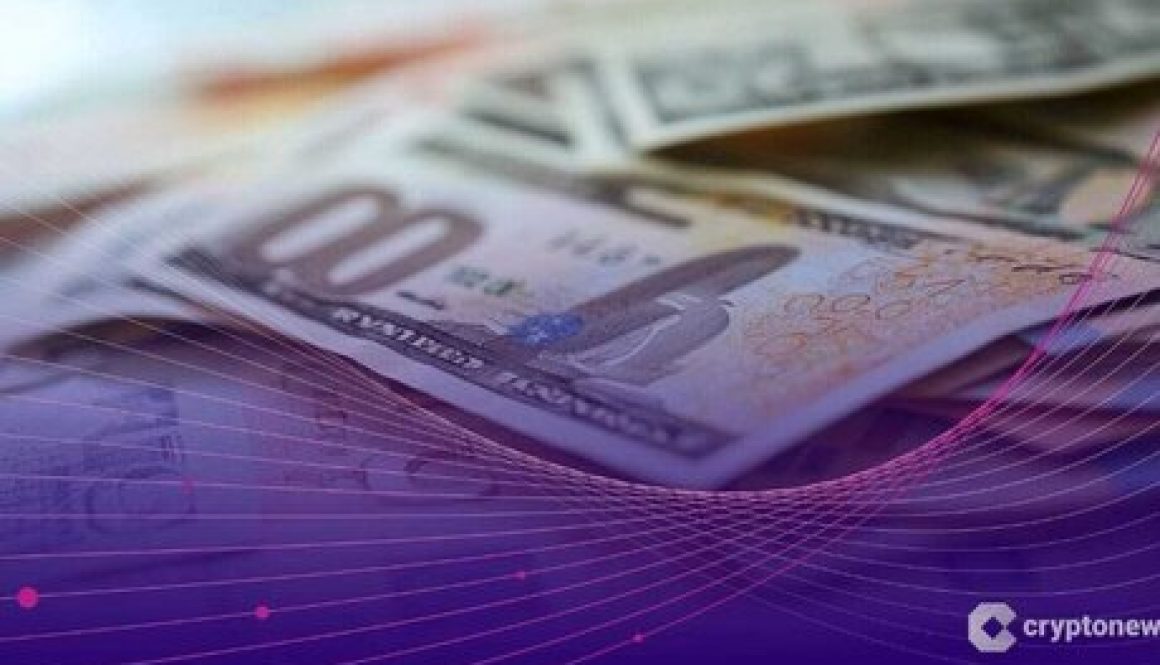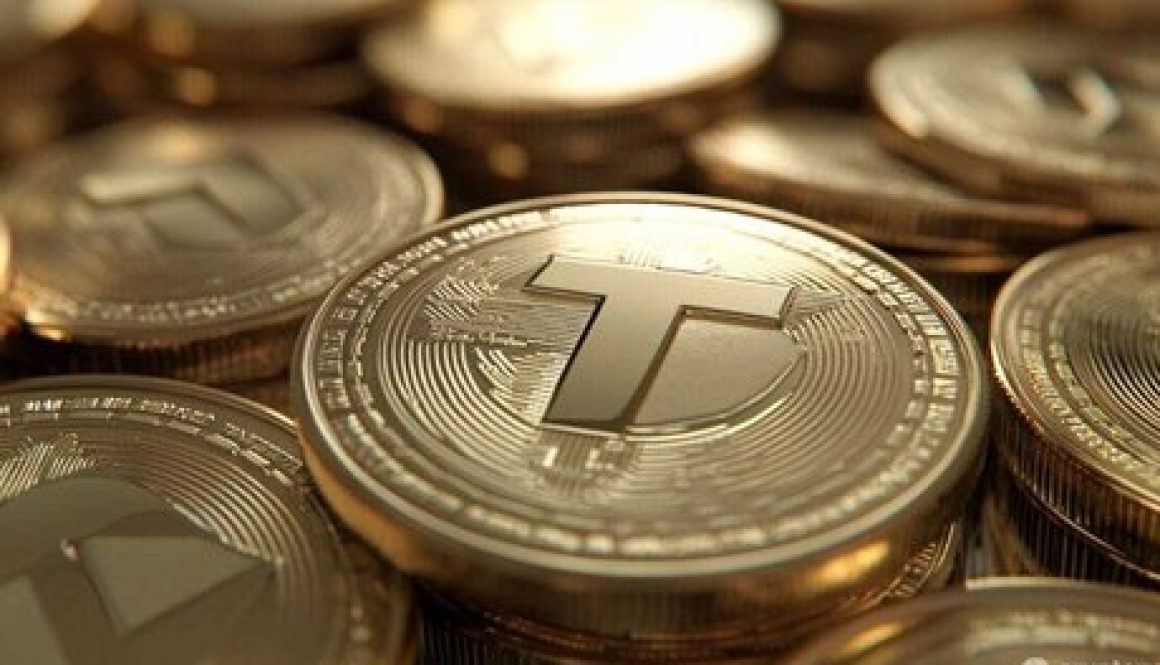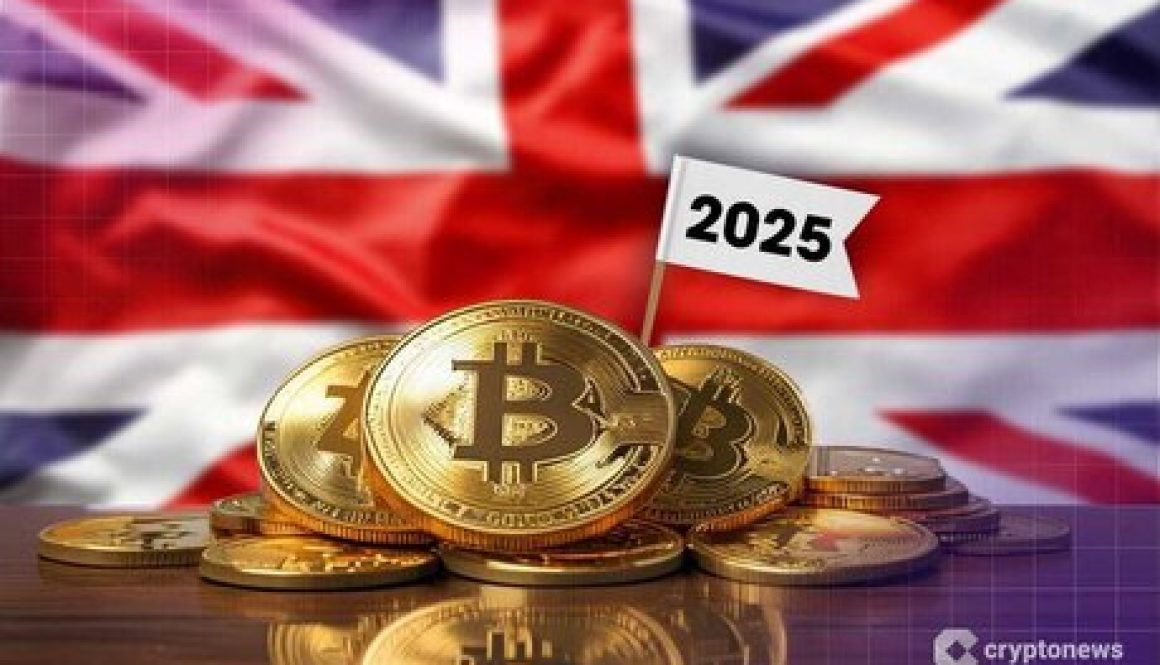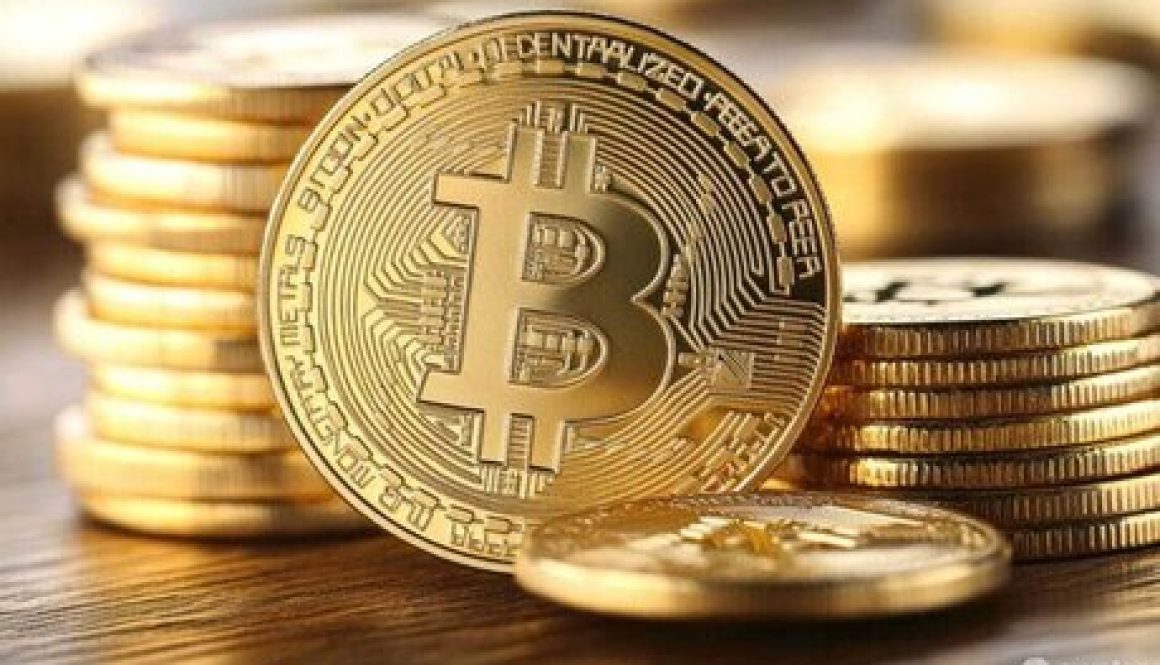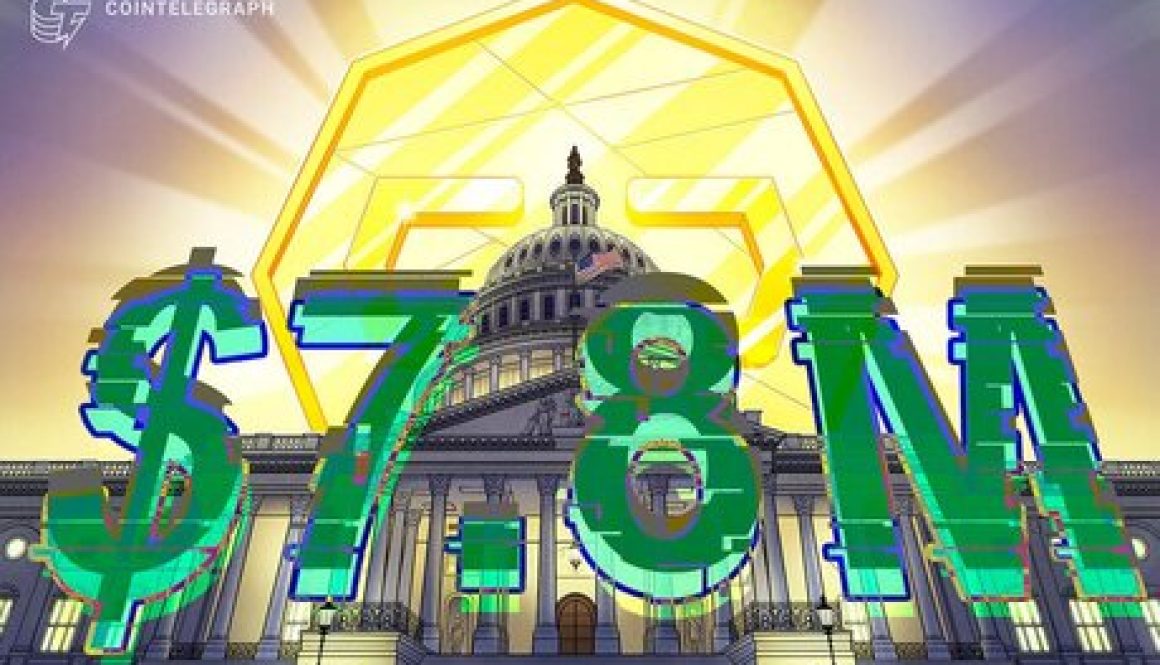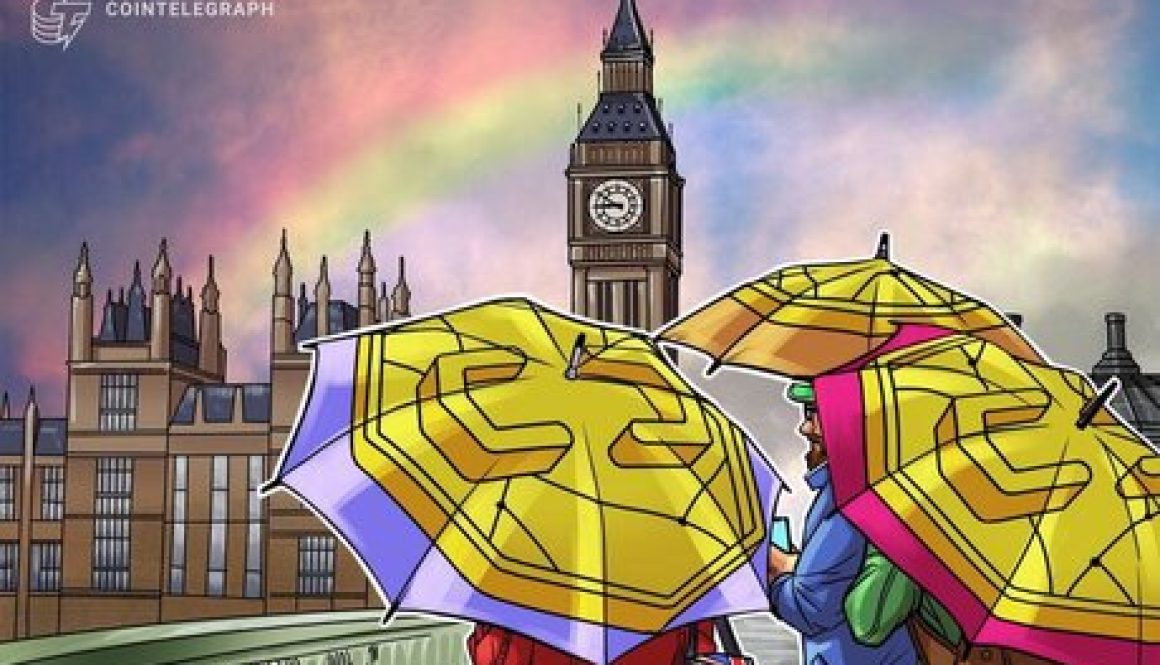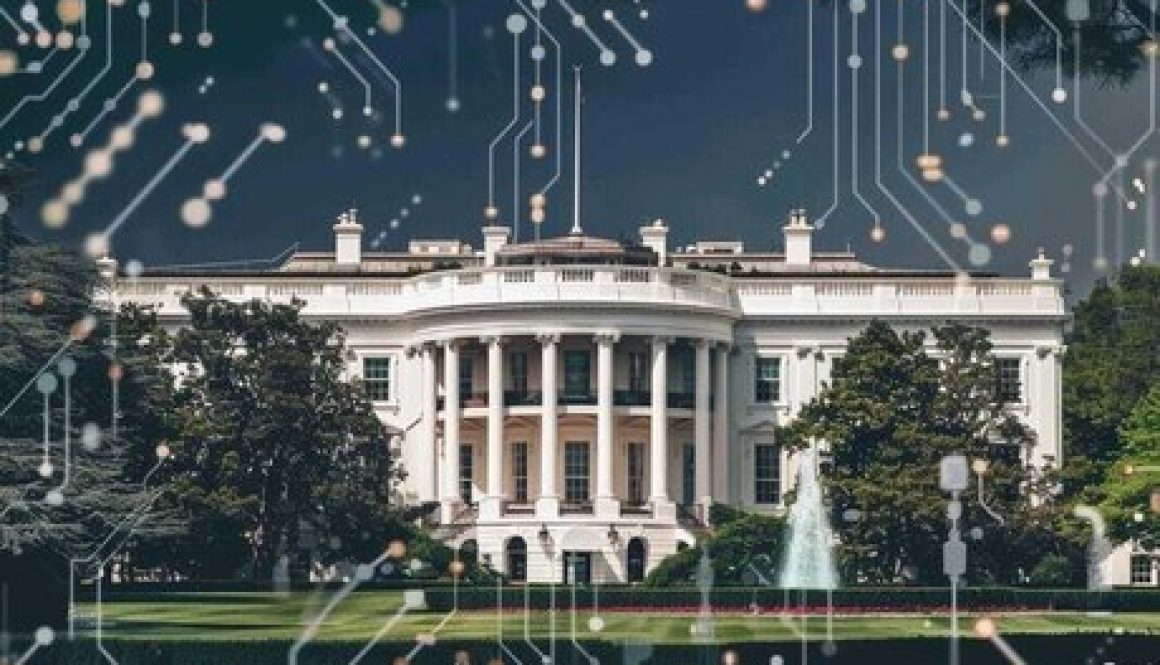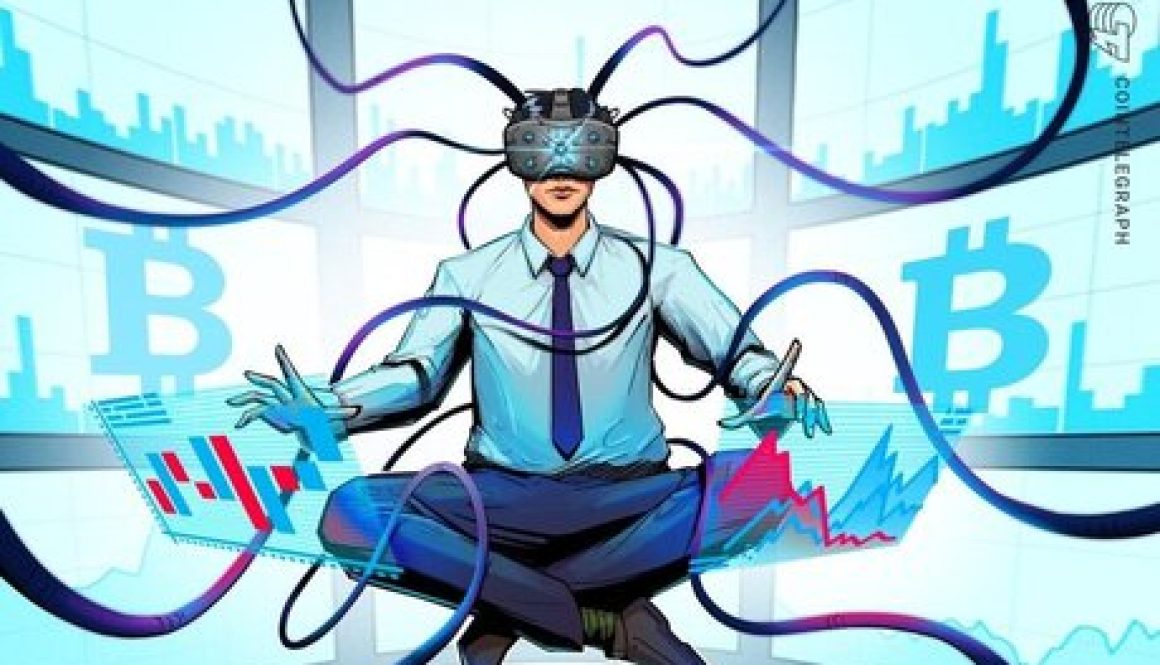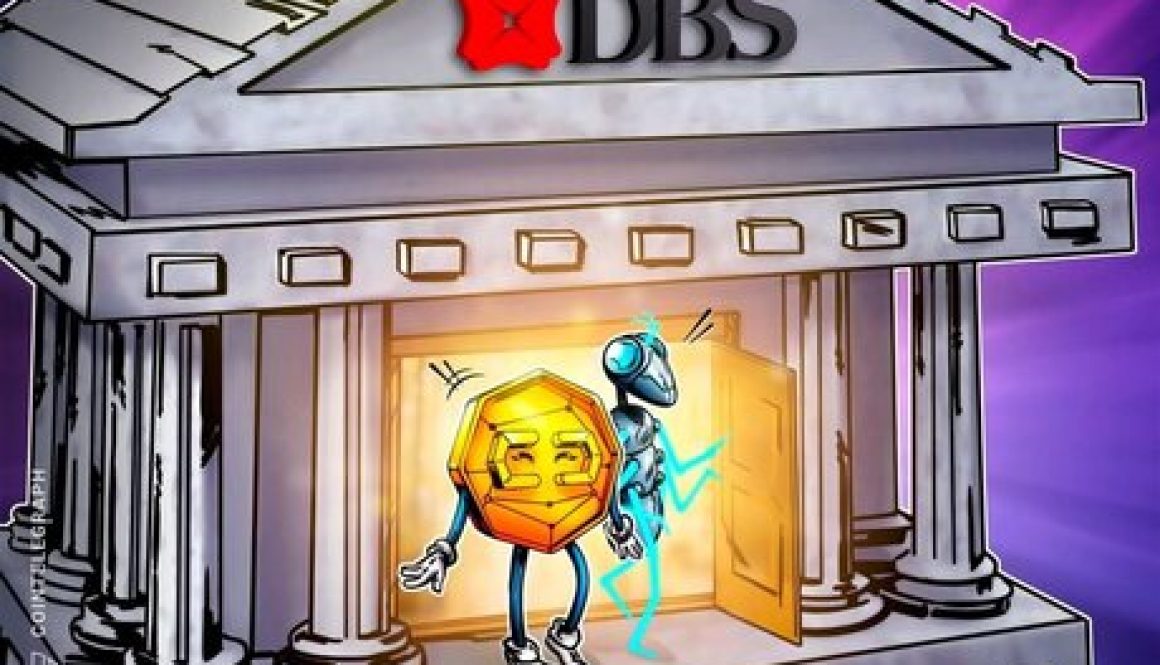(Crypto News)-20/11/2024
Cryptocurrency players went into the U.S. general elections to gain influence and shape policy outcomes. At $238 million, their campaign spending easily outsized the election budgets of the oil and pharmaceutical industries.
The industry lined up with “crypto candidate” Donald Trump, demanded an end to punitive regulation, and poured millions of dollars into sympathetic legislative campaigns from both parties.
Now, crypto is poised for a big pay-off as the dust finally settles on a high-stakes showdown. According to Stand with Crypto, an industry political action committee, 271 pro-crypto candidates have been elected to Congress, as opposed to 122 anti-crypto candidates.
Trump’s victory is the crown jewel of the new dispensation, as “crypto bros” also lead 19 to 12 in the Senate. Coinbase CEO Brian Armstrong described the incoming assembly as America’s most pro-crypto Congress to date.
“Americans disproportionately care about crypto and want clear rules of the road for digital assets,” Armstrong said via X. “We look forward to working with the new Congress to deliver it.”
It is also a reminder from one of the big election financiers that the new Congressional representatives have promises to keep.
Some renowned crypto investors like Dave McCormick, who defeated Bob Casey in Pennsylvania, are entering Congress with a pre-determined agenda to drive the crypto narrative.
Two weeks ago, responding to an endorsement by the Coinbase CEO, McCormick said, “We need leaders in Washington who recognize that blockchain and crypto are an economic engine.”
Optimism as Crypto Believers Enter Congress
America’s change of guard is being hailed as a global game-changer for the cryptocurrency sector.
Dave Rademacher, the co-founder of OilXCoin, a digital asset backed by natural gas and oil reserves, told Cryptonews that other nations could follow if the U.S. became more supportive of crypto.
That’s because “other countries often look to the U.S. when crafting their own frameworks,” he said, adding:
“With greater regulatory cohesion, the global cryptocurrency market could experience enhanced stability and increased investor confidence, positioning it as a more mainstream option within global finance.”
Trump was greeted with a roar of approval after he told the audience at the 2024 Bitcoin conference in Nashville that he would fire U.S. Securities and Exchange Commission (SEC) chief Gary Gensler on his first day in office.
“I didn’t know he was that unpopular,” Trump exclaimed during the July conference.
Crypto firms like Coinbase have an axe to grind against Gensler, the man who pursued 53% more enforcement actions against the crypto industry in 2023 than the previous year.
How did Gensler become crypto’s number one bete noire, and why is his commission such a cause of contention? The SEC is in charge of investment contracts, including some forms of crypto assets.
“Currently, token issuers face uncertainty with the SEC, as tokens sold as part of an investment contract can be classified as securities,” Nikita Prokopenko, a crypto lawyer with the law firm SBSB, told Cryptonews.
“This ambiguity has led many issuers to rely on registration exemptions, but they remain at risk of SEC enforcement actions,” he added.
In 2019, the SEC debuted its guidelines for crypto companies, which caused considerable controversy. At the time, an unnamed Fortune interviewee argued that SEC guidelines failed to acknowledge how crypto tokens, which are both used for digital transactions and speculation, differed from other assets.
The Securities and Exchange Commission was accused of driving smaller crypto companies to set up shop outside America by sweeping tokens under its purview and seemingly pursuing a punitive agenda.
The bigger actors who have stayed put have not been spared rounds of legal action, with former Binance CEO Changpeng Zhao languishing in prison for months as his company was hit with a more than $4 billion fine.
New Congress to Break Down Regulatory Opacity
Beyond personalizing crypto’s regulatory problems in one man, it may be key to revisit the complexity of America’s regulatory structure.
Federal agencies like the SEC and the Financial Crimes Enforcement Network (FinCEN) provide federal oversight for crypto tokens, while state-level requirements such as New York’s BitLicense and Money Transmitter Licenses (MTL) embody another regulatory layer.
Prokopenko explained that each state has the constitutional right to implement its own regulatory framework, “adding another layer of complexity for businesses operating nationwide.”
To offer crypto-related services as a crypto asset service provider, one must obtain either MSB authorization, MTL authorization, or both. No registration or licensing is required to issue a token.
“With a pro-crypto administration and a Congress more favorable toward crypto assets, we may see an increased focus mostly on federal-level regulatory reforms,” Prokopenko said.
State-level regulation may remain fragmented, he noted. But an overnight nirvana is not promised.
“Although the new Congress may push FinCEN to simplify application requirements for MSBs dealing with crypto, breakthrough changes are not expected,” Prokopenko said.
“At the federal level, there may be a shift toward reducing compliance burdens, possibly encouraging platforms like OKX, which currently don’t operate in the U.S., to consider entering the market,” he added.
The crypto lawyer continued:
“But it’s unlikely that the U.S. will adopt a unified legal framework similar to the European Union’s Markets in Crypto-Assets (MiCA) regulation due to state’s constitutional autonomy.”
Prokopenko said one of the areas where a pro-crypto Congress could bring meaningful change is in the regulation of token issuers.
“With a more crypto-friendly Congress and administration, we could see the introduction of a federal registry or licensing system for token issuers,” he told Cryptonews, adding:
“Such a framework could provide much-needed clarity for token issuers, reducing the risk of sudden SEC enforcement. By registering or licensing tokens from the outset, companies would gain assurance that their tokens are compliant, fostering a more predictable environment for innovation in the U.S. crypto space.”
Rademacher, the OilXCoin co-founder, said it is too early to gauge the impact of the new Congress on existing crypto regulations. However, he expressed optimism for clearer laws, especially for asset-backed tokens.
“Given the current gray areas around real-world assets (RWAs), it wouldn’t be surprising if Congress starts defining policies that highlight their lower-risk profile and real-world asset backing,” Rademacher said.
“This could be a positive shift, making RWAs more appealing for investors seeking dependable, asset-backed options in the digital space.”
He expects the pro-crypto Congress to also focus on “clearer guidelines around asset tokenization – particularly in areas like asset verification, transparency and auditing.”
Beware the Old Guard
There might be some resistance from the Congress of crypto believers. Some of the old anti-crypto guards will still be there, and they will still be able to put up a fight.
Elizabeth Warren, who has been a Senator since 2012, is infamously anti-crypto. In a video shared via X, Warren said despite the numbers favoring Republicans, she will do her best to ‘fight’. This is likely to extend to cryptocurrency legislation.
“I can’t tell you that we will win all of those fights. I can’t tell you that we will win most or even any of them,” said Senator Warren. “But when we arrive at each of those moments, we will face a choice to give up or to press forward.”
Warren is no stranger to lone fights, especially relating to cryptocurrency. In February 2024, she tried to push a narrative that cryptocurrencies are used for terrorist activities and, more recently, took the war to crypto-betting sites like Polymarket.
More importantly, determined crypto-skeptics in higher echelons of the Democratic party may be well-placed to break the bipartisan rapport on crypto.
This may even come from something as predictable as Republicans refusing to vote with Democrats on a non-crypto-related matter. Senator Warren defeated crypto lawyer and Republican candidate John Deaton in Massachusetts.
President-Elect Is a Crypto Bro
Ever since Donald Trump was elected as the 47th President of the United States of America, Bitcoin has reached a record high of $89,000, soaring by as much as 35% one week since the Nov. 5 election.
At the Nashville Bitcoin Conference in July, Trump said, “If I am elected, it will be the policy of my administration, the United States of America, to keep 100% of all the Bitcoin the U.S. government currently holds or acquires into the future.”
While there would be constitutional and legislative stops, a pro-crypto Congress might find Trump closer to his design – that of a Bitcoin national reserve.
Despite receiving most of the $22 million donated to him from players in the cryptocurrency and digital assets industry, Trump was careful not to mention plans for the potential of blockchain technology as a centralized trading medium, endorsed by the Federal Reserve.




